Major market players are spending a lot of money on R&D to increase their product lines, which will help the Photovoltaic Market (PV) market grow even more. Market participants are also taking a range of strategic initiatives to grow their worldwide footprint, with key market developments such as new product launches, contractual agreements, mergers and acquisitions, increased investments, and collaboration with other organizations. Competitors in the Photovoltaic Market (PV) industry must offer cost-effective items to expand and survive in an increasingly competitive and rising market environment.
The major market players are investing a lot of money in R&D to expand their product lines, which will spur further market growth for Photovoltaic Market (PV). With significant market development like new product releases, contractual agreements, mergers and acquisitions, increased investments, and collaboration with other organizations, market participants are also undertaking various strategic activities to expand their global presence. To grow and thrive in a market climate that is becoming more competitive and growing, competitors in the Photovoltaic Market (PV) industry must offer affordable products.
Manufacturing locally to cut operating costs is one of the main business tactics manufacturers use in the global Photovoltaic Market (PV) industry to benefit customers and expand the market sector. Major Photovoltaic Market (PV) market players, including Risen Energy Co. Ltd, Shunfeng International Clean Energy Limited, Mitsubishi Electric Corporation, GCL System Integration, JA Solar Holdings, Kaneka Corporation, Sharp Corporation, Suntech Power Co., Trina Solar Limited, Canadian Solar Inc., Jinko Solar Holding Co., Ltd., and others, are attempting to increase market demand by funding R&D initiatives.
Risen Energy Co. Ltd is a Chinese company that specializes in the production and distribution of photovoltaic (PV) products and solutions. Risen Energy's product portfolio includes photovoltaic modules, photovoltaic systems, and related components. The company's photovoltaic modules are designed for use in residential, commercial, and utility-scale applications. Its photovoltaic systems offer customers a turnkey solution for the design, engineering, and construction of photovoltaic systems.
Shunfeng International Clean Energy Limited is a leading provider of clean energy solutions, with a focus on photovoltaic (PV) power generation. Shunfeng International's product portfolio includes photovoltaic modules, photovoltaic systems, and related components. The company's photovoltaic modules are designed for use in a wide range of applications, including residential, commercial, and utility-scale projects. Its photovoltaic systems provide customers with turnkey solutions for the design, engineering, and construction of photovoltaic systems. The company is committed to providing high-quality, reliable, and cost-effective photovoltaic products and solutions to its customers.
It invests heavily in research and development and is constantly seeking to improve its products and technologies.


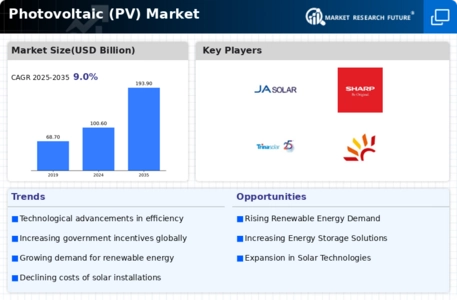
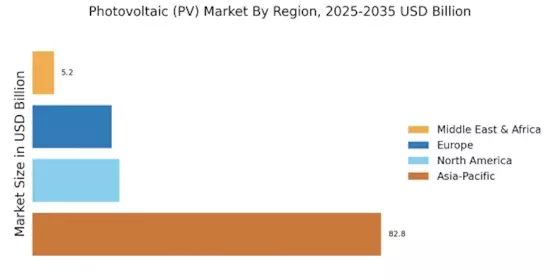
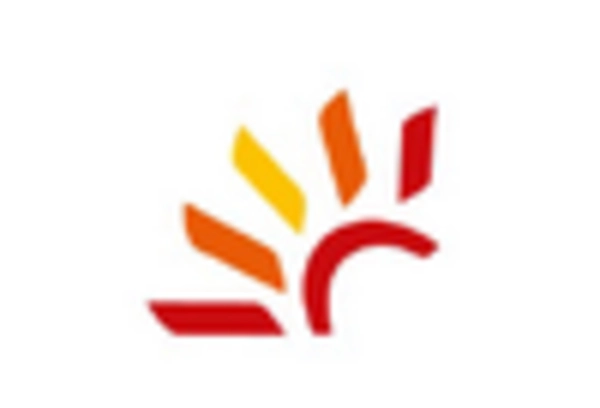
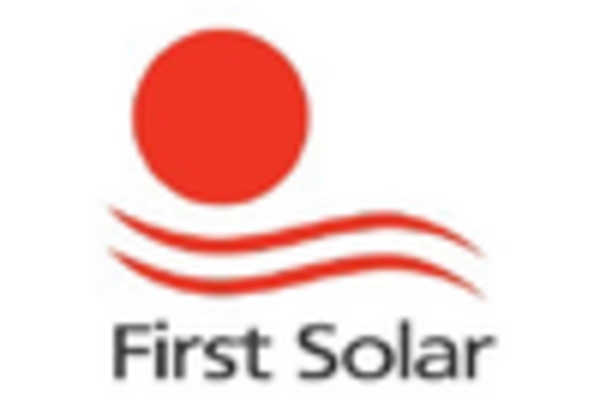

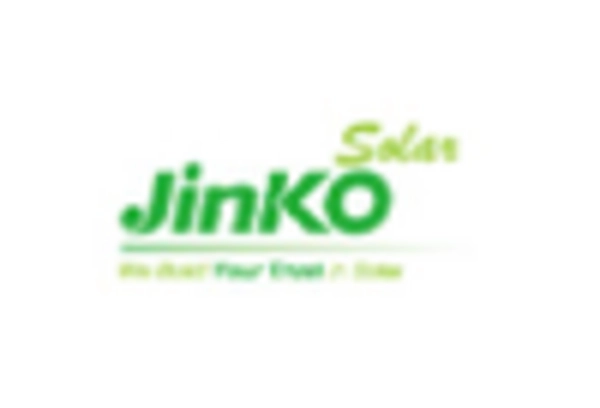
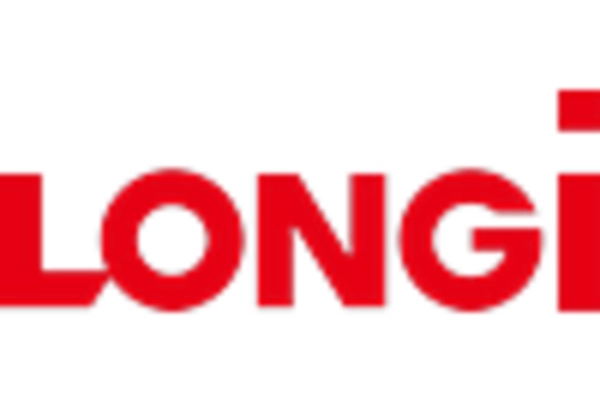
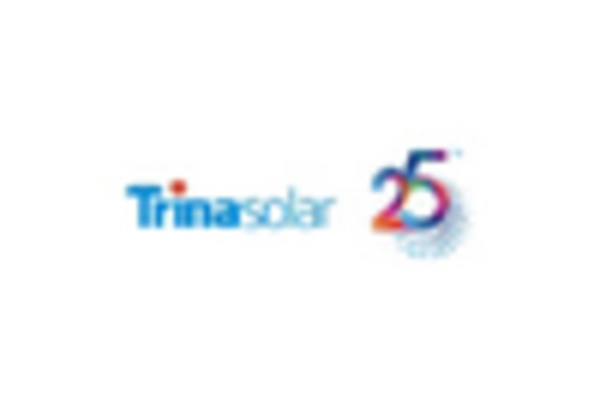








Leave a Comment